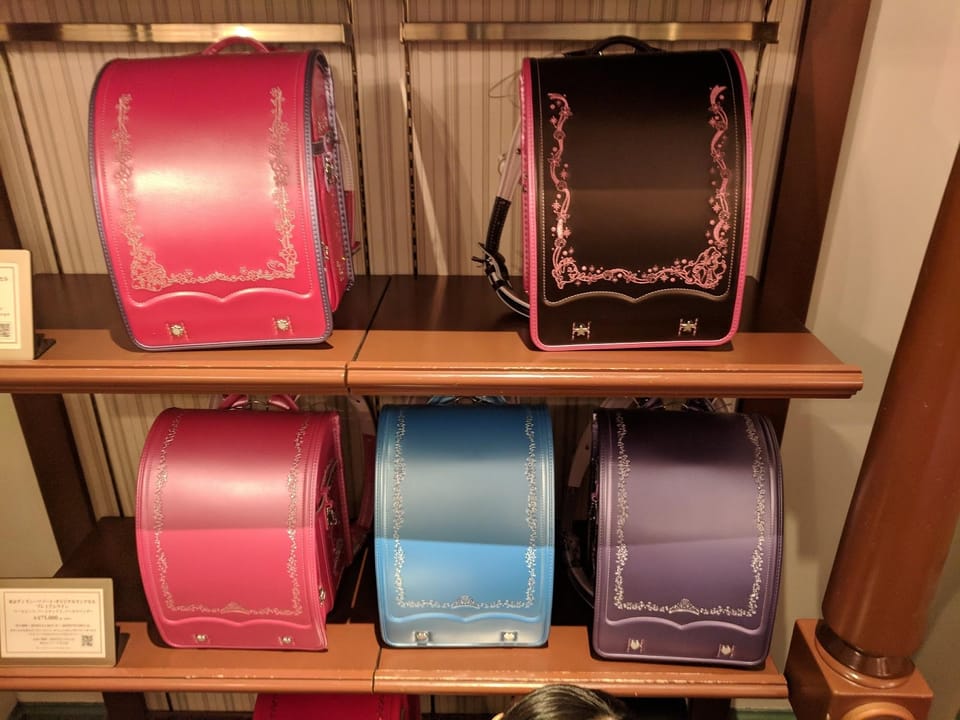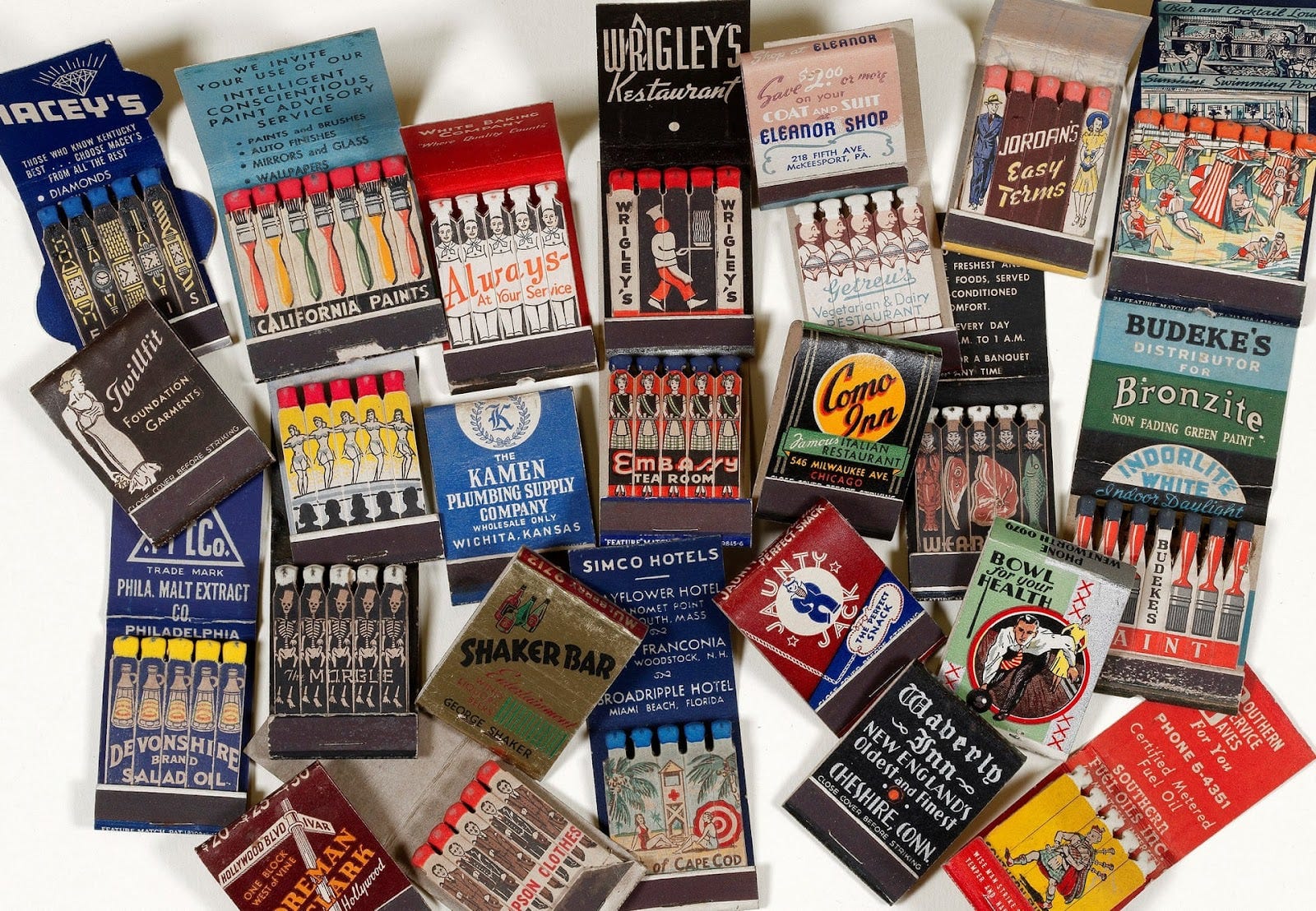Most of what we know about country music is wrong

From Elamin Abdelmahmoud for Rolling Stone: "Ralph Peer was the beginning of the business of country music. He went to the South with the sole purpose of finding competition for Bessie Smith, the Empress of the Blues, a black woman. In the South, he was convinced to record Fiddlin’ John Carson, in what became recognized as the first commercial country-music recording, 'The Little Old Log Cabin in the Lane.' Peer took credit for inventing something he called 'hillbilly music,' which is what country was known as until after the Second World War. It didn’t matter that what he found in the South were white and black musicians recording the same songs and playing the same music with the same instruments."
Japanese custom requires every school child to have an identical $450 backpack

From One From Nippon: "Every year, around March, a curious social custom occurs in Japanese families. Parents of kids entering elementary school visit the grandparents and gingerly tread the topic of buying the kids a very expensive item: a randoseru. The Japanese school bag costs a whopping $450 on average. During the Meiji Reforms of the late 1800s, Japan aimed to modernize, and one tiny part of these reforms was the introduction of the rucksack for soldiers to carry their baggage, a word that eventually became “randoseru” in Japanese. And schools instituted rules: No commuting by car, rickshaw, or horse and every student had to carry their own books and notebooks in a randoseru."
In the 1800s, Danish farmers created a special breed of pig as a protest

From Dan Lewis at Now I Know: "During the first half of the 1800s, both Prussia and the Kingdom of Denmark claimed the broad land bridge now connecting the peninsula of Denmark to mainland Germany and in 1864, the two sides resolved this dispute through arms. In the end, Prussia took control of the disputed region — much to the chagrin of the people who lived there but considered themselves Danes. The Prussians didn’t want any support for Denmark within their borders, though, so they banned anyone from flying the Danish flag. For Danish farmers in North Frisia, this wasn’t appreciated. They wanted to show their allegiance to their country, despite the Prussians’ rules. So they got creative."
Editor's note: If you like this newsletter, I'd be honoured if you would help me by contributing whatever you can via my Patreon.
What it's like to tend bar in Antarctica

From Zoe Baillargeon at Atlas Obscura: "When Philip Broughton boarded a flight to the Amundsen-Scott South Pole Station in 2002, he didn’t intend to become an Antarctic bartender. Following a terrible day at work, he had decided to get away, and, after a Google search and a two-year application process, he found himself on an American research station in Antarctica, working as a cryogenics and science technician for a year and a day. A few weeks after his arrival in the summer of 2002, Broughton walked into the local watering hole, Club 90 South. “The only seat left was the one behind the bar,” Broughton says of his initiation into the pantheon of South Pole bartenders."
A murder of crows: How groups of birds got their distinctive names
From Maria Popova at The Marginalian: "Some of these collective nouns for groups of birds, often called company terms, are based on observable characteristics of the species — a 'fall of woodcock' references the bewildering air dance of the courting birds, a 'watch of nightingales' pays homage to the nocturnal wakefulness of Earth’s most musical bird, and a 'gaggle of geese' turns their migratory cries into delicious onomatopoeia. Some stem from myths and folk beliefs about birds dating back centuries. a 'parliament of owls' draws on ancient Greek mythology, in which an owl accompanies Athena, the goddess of wisdom and reason, representing freedom and democracy across the Western world."
The humble matchbook was once the pinnacle of the advertising world

From Why Is This Interesting: "Production exploded over the first half of the twentieth century and competition between manufacturing companies led to the offering of fine printing techniques and a wide array of matchbook styles and sizes. It's hard to find an object with more visual impact and storytelling potential per square inch than a printed matchbook, and creative innovation flourished as the industry grew. Multi-color match heads, custom printed sticks, embossed foil covers all became commonplace and commercial artists at the time pushed the boundaries of what was possible. At one point 35 billion matchbooks were being manufactured in a year."
What to do when you find a great bog
if i had a bog like this near me i would make it my entire personality pic.twitter.com/9zAyZ4C4ms
— skooks (@skooookum) January 7, 2024
Acknowledgements: I find a lot of these links myself, but I also get some from other newsletters that I rely on as "serendipty engines," such as The Morning News from Rosecrans Baldwin and Andrew Womack, Dan Lewis's Now I Know, Robert Cottrell and Caroline Crampton's The Browser, Clive Thompson's Linkfest, Noah Brier and Colin Nagy's Why Is This Interesting, Maria Popova's The Marginalian, Sheehan Quirke AKA The Cultural Tutor, the Smithsonian magazine, and JSTOR Daily. If you come across something interesting that you think should be included here, please feel free to email me.



